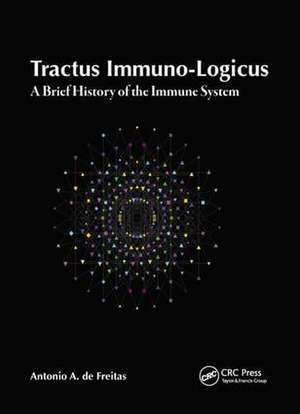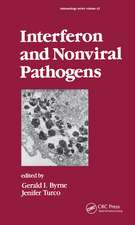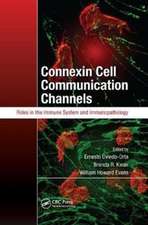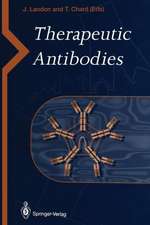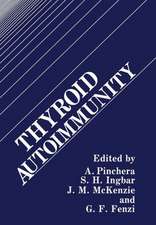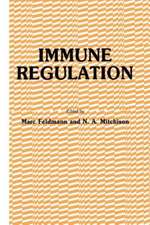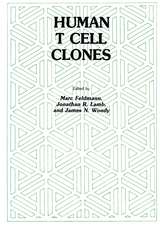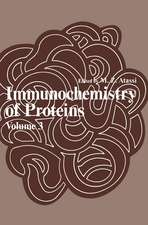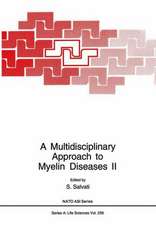Tractus Immuno-Logicus: A Brief History of the Immune System
Autor Antonio A. de Freitasen Limba Engleză Paperback – 18 dec 2009
Preț: 377.87 lei
Nou
Puncte Express: 567
Preț estimativ în valută:
72.30€ • 75.90$ • 60.01£
72.30€ • 75.90$ • 60.01£
Carte disponibilă
Livrare economică 20 martie-03 aprilie
Livrare express 06-12 martie pentru 27.42 lei
Preluare comenzi: 021 569.72.76
Specificații
ISBN-13: 9781587063350
ISBN-10: 1587063352
Pagini: 138
Dimensiuni: 152 x 229 x 27 mm
Greutate: 0.32 kg
Ediția:1
Editura: CRC Press
Colecția CRC Press
ISBN-10: 1587063352
Pagini: 138
Dimensiuni: 152 x 229 x 27 mm
Greutate: 0.32 kg
Ediția:1
Editura: CRC Press
Colecția CRC Press
Cuprins
1. Definition 2. Evolution 3. Development 4. Organization 5. Response and Memory 6. Vaccines 7. Pathology 8. Conclusion 9. The End
Notă biografică
Antonio A. de Freitas, Professor at the Institut Pasteur, Paris, France.
Descriere
The history of this text started years ago after reading Wittgenstein‘sTratactus Logico-Philosophicus. At some time later, it seemed to me a good idea to follow thetratactus structure to attempt to write a minimal description of the immune system. I finally did it for fun and hopefully to be useful to whomever reads it.The text reflects my own personal view of the vertebrate‘s immune system (IS). It is centered on concepts and ideas that were developed since 1986 based on work from my own lab1 and from Benedita Rocha‘s lab2 and I‘m greatly indebted to her for this. I have kept it short and focused on what I believe are the essential features of the IS. I ve tried to avoid too much detail and most of the complex immunology jargon. If some now fashionable aspects of the IS are only superficially mentioned it is because I feel that they may be not so relevant after all. Perhaps for all these reasons I give no detailed sources and simply refer the reader to some general inspiring non-immunological references.I look forward to raising in the general non-scientific reader an interest for an immune system where lymphocytes are mainlyconcerned with replication, survival factors and homing to the appropriate niche. This is the 1960s ‘sex, drugs and rock n roll view of the IS. Moreover, there are many concepts that are shared with other fields, e.g., ecology, economics.I hope to stimulate quite a lot of discussion among those that study the Immune System. The text opens opportunities on Immunology teaching by focusing on concepts, interactions and their relatedness and all those as one. The readers may build frameworks of cross-references between statements that are not in line to create alternative reading paths. They should interact with each other to compare interpretations and refer to the immunology literature. They may create new connections, add new sub-sections, references and suggest modifications. To the medical doctor or the advanced specialist the
